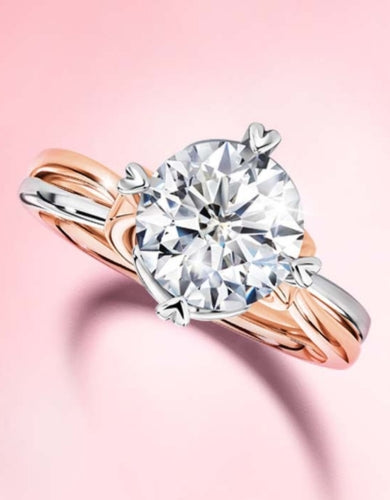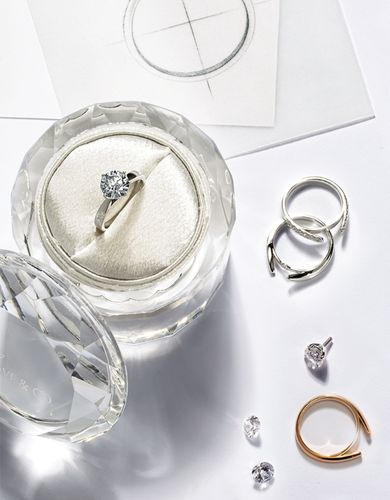Diamond Colour
Colour refers to the natural colour visible within a diamond, and not the reflection of spectral colours that flash when a diamond moves. Most diamonds naturally exhibit slight hints of yellow, brown, or gray.
Natural Elements Contribute to a Diamond's Colour
A diamond’s colour is caused by natural trace elements of nitrogen that were present when the diamond was formed under the Earth’s crust. In general, the less colour a diamond exhibits, the higher the rarity, and thus the higher the value.
In general, for diamond’s colour, it is graded as followed:
- D, E, F – Colourless
- G, H, I – Near Colourless
- J and Below – Coloured
Wondering which Diamond Color is Best? It all boils down to Preferences.
While the absence of colour in a diamond is the rarest, and therefore the most expensive, it does not mean a colourless grade makes the perfect diamond ring. Other factors to consider include the size of the diamond, as well as the type of metal setting used.
Colour is More Visible in Large Diamonds
As the carat weight of a diamond increases, the more obvious the natural colour and hue of the diamond. Colour is also easier to perceive in a larger diamond compared to a smaller one. Hence if you are going for a near-colourless look for a diamond of over 1 carat, we recommend diamonds from G colour and above.
Complementing the Material of Your Ring Setting
It is important to consider the type of metal used for your ring setting as it should best compliment the colour of your diamond.
Different kinds of settings can affect the appearance of the diamond colour. For example, a rose gold ring setting will cast a warm glow, and hence looks best with diamonds of a faint colour. For platinum or a white gold ring setting, it highlights the glacial appearance of a near-colourless diamond.













